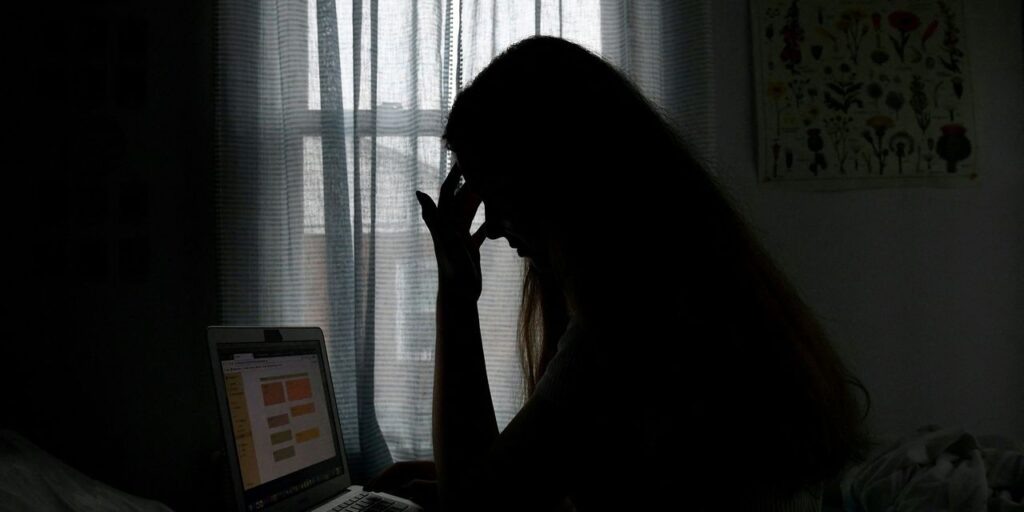The Biden administration on Thursday unveiled new steps to address the country’s mental-health crisis, including efforts to help schools meet the needs of a growing number of students struggling with mental-health issues.
The administration aims to smooth the process for schools to provide health services to students with Medicaid coverage, Susan Rice, the White House’s domestic policy adviser, said on a call with reporters Wednesday. A new, streamlined Medicaid billing rule proposed by the Department of Education and updated school Medicaid-claiming guide from the Department of Health and Human Services, will “cut unnecessary red tape for schools so that it’s easier for them to deliver critical healthcare to students and to get paid for it,” Rice said.
More support for peer workers — people who have recovered from a mental-health condition and help others navigate similar conditions — is also on the agenda, the White House said. New standards for peer-worker certification, designed to promote quality in the growing field, will be released by the Substance Abuse and Mental Health Services Administration in the coming weeks, the administration said.
Those steps come on top of new federal funding announced in recent days for mental-health services. More than $200 million in funding announced by the Health and Human Services Department on Wednesday will be directed to build the capacity of the 988 suicide and crisis lifeline, such as by helping states hire and train a 988 workforce. Earlier this week, the Department of Education announced more than $95 million in awards to schools and school districts in 35 states to bolster access to school-based mental-health services and increase the number of mental-health professionals in districts with the greatest needs.
The new administration actions come amid a growing recognition that pandemic-induced isolation and anxiety amplified mental-health challenges for people of all ages. Nine out of 10 U.S. adults believe the country is facing a mental-health crisis, according to a survey from health policy nonprofit KFF and CNN. Nearly 6 out of 10 U.S. high school girls reported persistent feelings of sadness or hopelessness in 2021, up from 36% 10 years earlier, according to the Centers for Disease Control and Prevention, while the share of boys feeling persistently sad or hopeless was 29%, up from 21% a decade ago. In 2021, 13% of high school girls and 7% of high school boys said they attempted suicide, according to the CDC.
During the 2021-2022 school year, 96% of public schools reported offering mental-health services, according to KFF, and Medicaid has played a growing role in funding such services. Medicaid covers nearly 40% of children and adolescents nationwide, according to KFF.
Schools trying to boost their response to students’ mental-health challenges have been stretched thin, recent research shows. More than two-thirds of schools reported increasing mental-health services in response to the pandemic, according to KFF, but only 41% said they hired new staff to focus on those services. Many schools said they didn’t have enough staff, access to licensed mental-health professionals or funding to effectively provide the services.
Department of Education funding provided through last year’s Bipartisan Safer Communities Act, including the $95 million announced this week, is helping to prepare more than 14,000 new mental health professionals for U.S. schools, the department said.
Read the full article here











